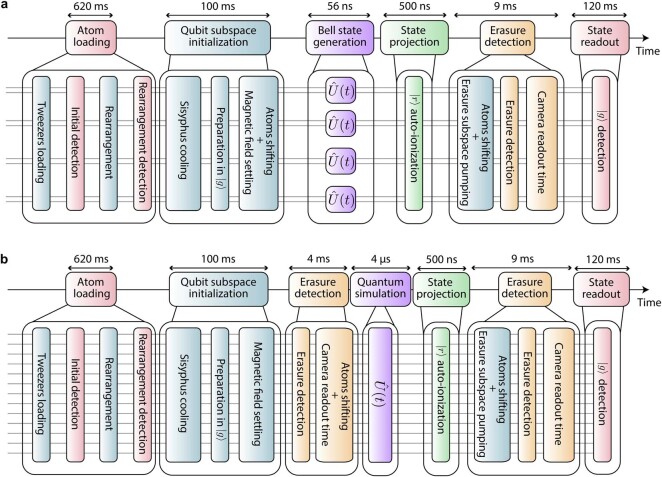Extended Data Fig. 3. Experimental sequence.
Sketch of the experimental sequence including the erasure detection for a the Bell state generation experiment, and b the many-body experiment. Both experiments have the same global architecture: we start by loading the atoms into the desired geometry, then initialize the atoms in , perform the Bell state generation or quantum simulation, and finally read out by auto-ionizing atoms in and imaging atoms in . The main difference between both experiments concerns the erasure detection. In a, we utilize a single erasure detection, placed after auto-ionizing atoms in . In b, we perform two erasure images: one before applying , and one after auto-ionization.

